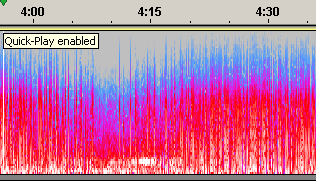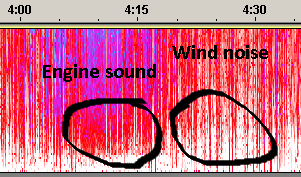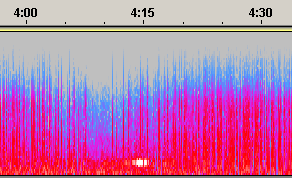Replay XD Video Pipeline
Published: December 5, 2014; updated: January 13, 2017
I use the following process to get my track videos uploaded to YouTube:
Source Conversion
Some software seems to misinterpret the frame rate of .mov files
that Replay XD produces, resulting in audio/video desync.
Converting the files to mp4 format seems to fix this, which can be done
with ffmpeg:
ffmpeg -i RPXD0016.MOV -vcodec copy -acodec copy ~/thompson.mp4
This conversion is lossless, it changes container format without reencoding the video.
Gauge Overlays
This step brings together data and video and puts gauges on the video. I like to do this before cutting the video because it is easier to synchronize video and data when both begin with stops, which data normally does.
I overlay gauges with DashWare.
My data comes from AiM Solo. I use the "Excel export" feature to get a CSV file with all the channels for the chosen session, then import that CSV file into Dashware.
I pretty much put in everything that Solo makes available into the video, as this is not a lot:
- Realtime delta, best lap and rolling lap time;
- Speed with a nice speedometer, I find it easier to visualize speed by looking at the speedometer than at a number;
- A G-ball;
- Separate forward and lateral G bars, because why not?
Editing
The next step is to cut out any unwanted parts out of the video. This can be done with Avidemux. The cutting operation is lossless as well as long as video is cut at key frames.
I typically save the result in Matroska format (mkv).
Wind Noise Reduction
The wind noise on Replay XD cameras, at least the 720p versions that I have, is atrocious. I have two so I think it's a general deficiency of the camera rather than a particular example being faulty. I've tried the microphone stickers that come with the camera, tape, mic gain settings - nothing helped. I think an external microphone might solve the wind noise problem, but it would require power.
Unlike some noise reduction guides I read it seems in track driving the wind noise Replay XD produces is not confined to lower frequencies - in fact, it is more annoying to me in higher frequencies than in lower frequencies.
To make the noise manageable, I first extract the audio using Avidemux and then use Audacity on the audio stream.
First, in Audacity change the UI to show frequency instead of amplitude:

Then apply high pass filter with 3000 hz threshold and 48 db/octave rolloff.
The resulting frequency graph will look like this:

The engine noise is audible when the bottom of the frequency graph is mostly red, and where the bottom of the frequency graph is mostly white the sound is mostly just wind noise:

Use one of the white sections with the noise reduction effect to get rid of more wind noise.
Result:

At the end of this process the sound is still mostly wind noise, but at least it's no longer ear splitting.
Upload
Finally upload the video to youtube.
 Visit our
Visit our